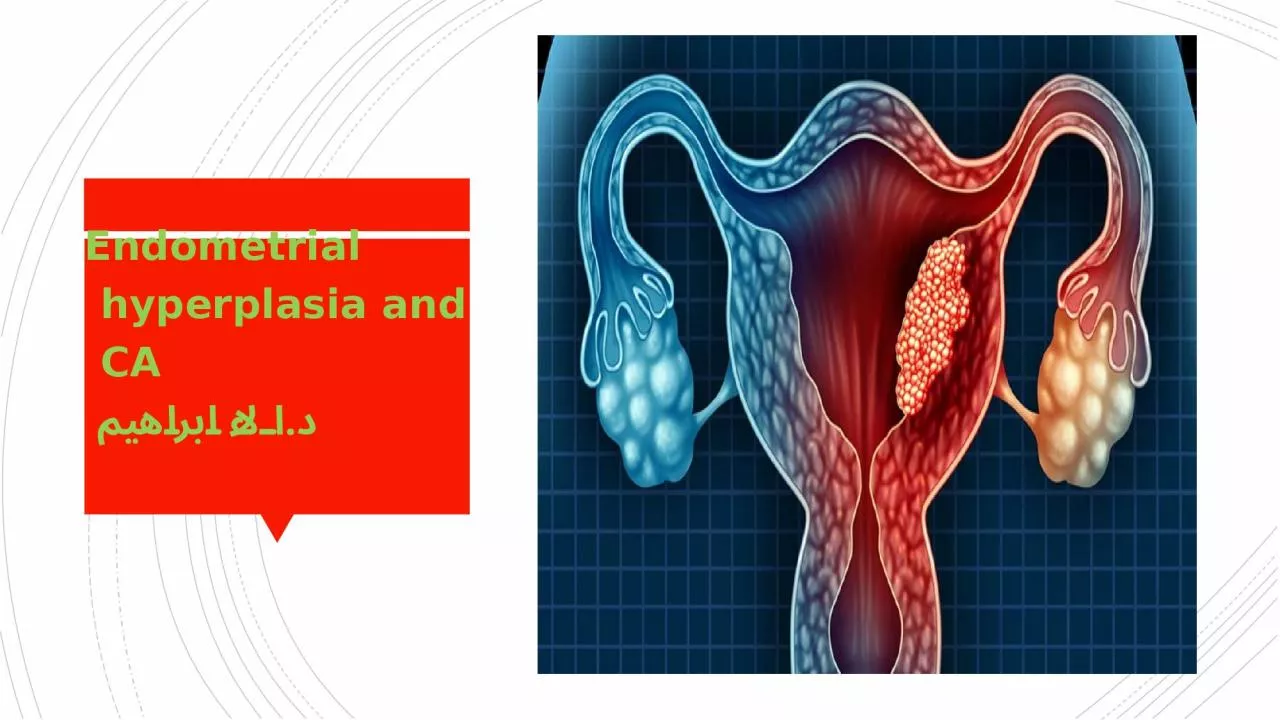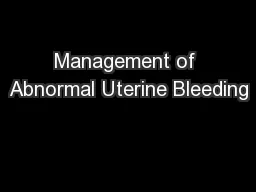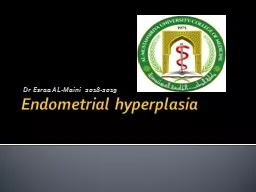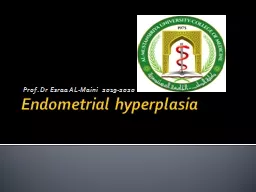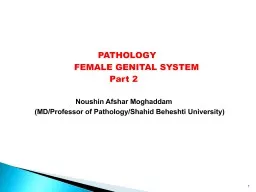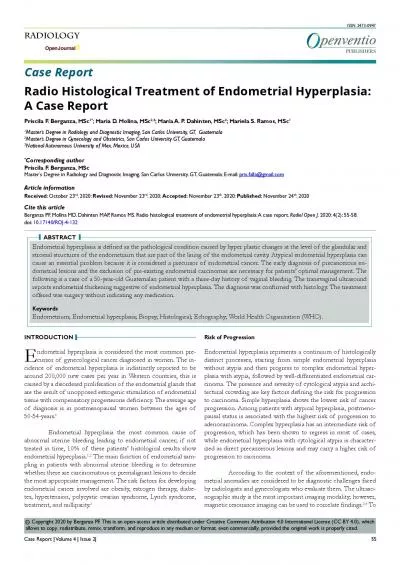PPT-Endometrial hyperplasia and CA
Author : TravelingSoulmate | Published Date : 2022-07-28
دالاء ابراهيم Objective 1 Demonstrate the types risk factors of endometrial hyperplasia and ca endometrium 2 Define the stages of endometrial cancer
Presentation Embed Code
Download Presentation
Download Presentation The PPT/PDF document "Endometrial hyperplasia and CA" is the property of its rightful owner. Permission is granted to download and print the materials on this website for personal, non-commercial use only, and to display it on your personal computer provided you do not modify the materials and that you retain all copyright notices contained in the materials. By downloading content from our website, you accept the terms of this agreement.
Endometrial hyperplasia and CA: Transcript
Download Rules Of Document
"Endometrial hyperplasia and CA"The content belongs to its owner. You may download and print it for personal use, without modification, and keep all copyright notices. By downloading, you agree to these terms.
Related Documents

